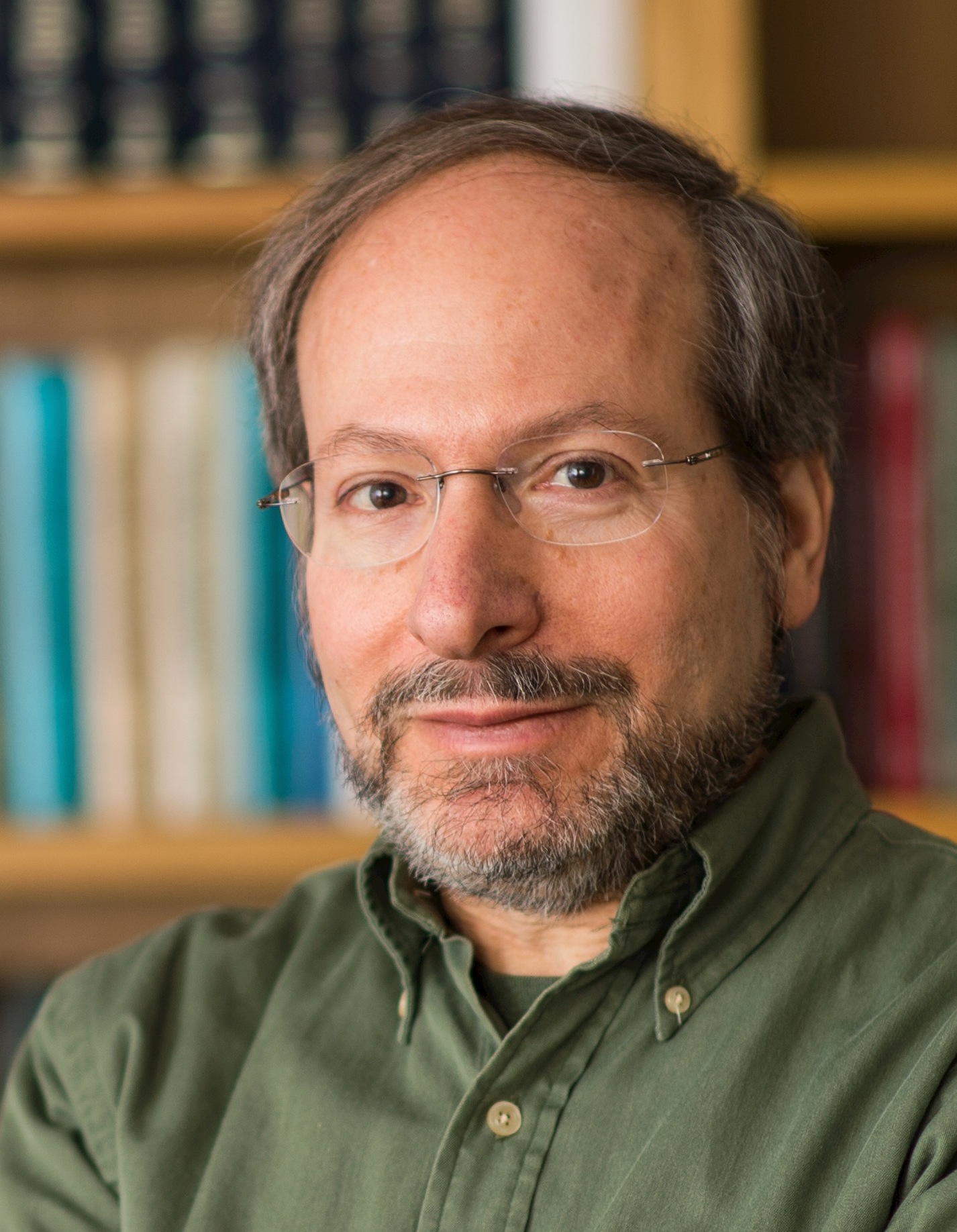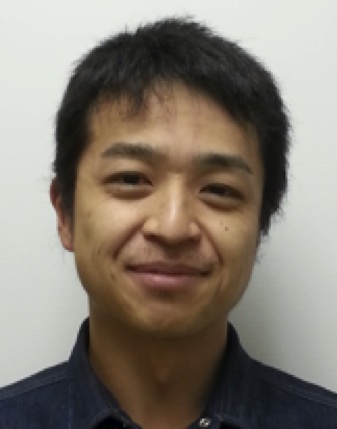Org. Synth. 2015, 92, 13-25
DOI: 10.15227/orgsyn.092.0013
Synthesis of 4,4-Dimethoxybut-1-yne
Submitted by James Deng, Yu-Pu Wang, and Rick L. Danheiser
*1
Checked by Yutaka Kobayashi and John L. Wood
1. Procedure
4,4-Dimethoxybut-1-yne (
1). A 500-mL, three-necked, round-bottomed flask equipped with a 30 x 15 mm, Teflon-coated, oval magnetic stir bar, a 30-cm Friedrichs condenser fitted with a nitrogen inlet adapter, a 125-mL pressure-equalizing addition funnel fitted with a rubber septum, and a glass stopper (
Note 1) is charged with
aluminum powder (6.56 g, 243 mmol, 1.5 equiv) and
HgCl2 (0.220 g, 0.810 mmol, 0.5 mol%) (
Note 2) by temporarily removing the glass stopper. The glass stopper is replaced with a rubber septum fitted with a thermocouple temperature probe, and
Et2O (40 mL) (
Note 3) is added through the addition funnel. The mixture is heated at reflux (preheated oil bath, temperature 50 °C) for 10 min (
Note 4) and then allowed to cool to room temperature by removing the oil bath. The addition funnel is charged with a solution of
propargyl bromide (25.1 g, 211 mmol, 1.3 equiv) (
Note 5) in 80 mL of
Et2O (
Note 6). The
propargyl bromide solution is cautiously added dropwise to the reaction flask (
Note 7) over 1.5 h at a rate that maintains the reaction mixture at gentle reflux (see photo) (
Note 8).
The dark brown reaction mixture is next heated at reflux in an oil bath for an additional hour and then allowed to cool to room temperature. Stirring is halted to allow the excess
aluminum powder to settle and the brown supernatant solution is transferred via cannula to a 1-L, three-necked, round-bottomed flask equipped with a 30 x 15 mm, Teflon-coated, oval magnetic stir bar, a rubber septum, a 125-mL pressure-equalizing addition funnel fitted with a rubber septum, and a nitrogen inlet adapter (see photo). The solids in the original flask are rinsed with two 100-mL portions of
Et2O, which are transferred via cannula to the 1-L flask. The cannula is then removed from the rubber septum and replaced with a thermocouple temperature probe.
The dark green-brown solution (Note 9) is cooled to -73 °C (internal temperature) using an acetone/dry ice bath, and a solution of trimethyl orthoformate (HC(OMe)3) (17.9 mL, 17.2 g, 162 mmol, 1.0 equiv) (Note 10) in 30 mL of Et2O is added via the addition funnel over 50 min while the internal temperature of the reaction mixture is kept below -65 °C. The addition funnel is rinsed with 5 mL of Et2O. The resulting gray suspension is stirred at -73 °C (internal temperature) for 15 min and 160 mL of deionized water is then added via the addition funnel over 45 min (Note 11). The acetone/dry ice bath is replaced by a room temperature water bath and the reaction mixture is allowed to warm to 20 °C over 30 min.
The contents of the flask are transferred to a 1-L separatory funnel. The aqueous layer is separated and extracted with
Et2O (4 x 50 mL). The combined organic layers are washed with 5 M aqueous
NaOH solution (140 mL), deionized water (2 x 100 mL), and saturated
NaCl solution (100 mL), dried over 20 g of
K2CO3, and filtered through filter paper into a 1-L round-bottomed flask containing a 30 x 15 mm, Teflon-coated, oval magnetic stir bar. The solution is concentrated to a volume of approximately 40 mL by distillation at 34-35 °C through a distillation head with a 10-cm condenser side arm. The resulting yellow solution is transferred to a 100-mL, round-bottomed flask containing a 13 x 8 mm Teflon-coated magnetic stir bar and equipped with a Perkin triangle. Distillation of the residual solvents is carried out at 20 °C, 300 mmHg and subsequently the pressure is reduced to 75 mmHg and the mixture heated in a 90 °C oil bath. A forerun of ca. 4 mL (bp 20-62 °C, 75 mmHg) and a main fraction containing the desired product of ca. 15 mL (bp 62-67 °C, 75 mmHg) are collected (see photo).
The distillation head is rinsed with 5 mL of pentane and the washings are combined with the forerun. The resulting solution and the residue in the original distillation flask (ca. 4 mL) are combined, transferred to a 25-mL, round-bottomed flask containing a 13 x 8 mm, Teflon-coated magnetic stir bar and equipped with a Perkin triangle, and distilled at 75 mmHg. After the volatile solvents have evaporated, a forerun of ca. 1 mL (bp 20-62 °C, 75 mmHg) and a main fraction containing the desired product of ca. 1 mL (bp 62-67 °C, 75 mmHg) are collected. The main fractions from each distillation are combined to provide a total yield of 14.3-14.6 g of 4,4-dimethoxybut-1-yne (1) (77-79%) as a colorless liquid (Note 12).
2. Notes
1. All glassware was flame-dried under vacuum (2 mmHg) and backfilled with nitrogen while hot, and then maintained under an atmosphere of nitrogen during the course of the reaction.
2. The checkers obtained
aluminum (99.5%, -100+325 mesh powder) from Alfa Aesar and
HgCl2 (≥99.5%, ACS reagent ISO) from Sigma-Aldrich. The submitters obtained
HgCl2 (≥99.5%, ACS reagent) from Fluka. Both reactants were used as received. The submitters note that small amounts (ca. 3%) of unreacted
propargyl bromide were observed when the reaction was carried out using old batches of
aluminum powder containing visible clumps.
3. The checkers purchased
diethyl ether from Fisher Scientific that was then purified employing a Glass Contour Solvent Purification System. The submitters note that
diethyl ether (ultra low water) was purchased from J. T. Baker and purified by pressure filtration through activated alumina prior to use.
4. Heating with
mercuric chloride serves to activate the
aluminum powder. No visible change in the appearance of the reaction mixture is observed.
5.
Propargyl bromide (>97%, stabilized with
MgO) was purchased from TCI America and filtered under argon immediately prior to use through an inverted 16-gauge needle with the Luer end wrapped with filter paper and the needle end in a pre-dried 200-mL, round-bottomed flask (see photos). Small amounts of residual suspended
MgO in the filtered solution do not affect the reaction. The submitters note that alternatively, a commercial
toluene solution of
propargyl bromide can also be used, but the purification of final product by distillation then requires a fractionating column to remove
toluene.
6. The
propargyl bromide in the 200-mL round-bottomed flask is diluted with 70 mL of
diethyl ether and transferred to the addition funnel with the aid of two 5-mL rinses of
diethyl ether.
7. It is advisable to first add ca. 0.5 mL of solution dropwise and then halt the addition to ensure that there is not a significant initial exotherm.
8. The internal temperature increases to the boiling point of ether over 15 min and remains at that temperature for the duration of the addition. The addition should be temporarily stopped and the reaction flask should be placed in an ice/water bath if reflux becomes too vigorous.
9. A small amount of suspended
aluminum powder may be present. This does not affect the reaction.
10.
Trimethyl orthoformate (98%) was obtained from Sigma-Aldrich and distilled at 99-101 °C (760 mmHg) under argon prior to use.
11. The water that is added freezes to become a chunk of ice, which gradually melts and mixes with the reaction mixture upon warming to room temperature (see photo).
12.
4,4-Dimethoxybut-1-yne (
1) has the following physical and spectroscopic properties: bp 62-67 °C (75 mmHg);
1H NMR
pdf(CDCl
3, 600 MHz) δ 2.03 (t,
J = 2.7 Hz, 1 H), 2.53 (dd,
J = 5.6, 2.7 Hz, 2 H), 3.38 (s, 6 H), 4.55 (t,
J = 5.6 Hz, 1 H).
13C NMR
pdf(CDCl
3, 150 MHz) δ: 23.7, 53.4, 70.2, 79.3, 102.3. HRMS (ESI)
m/z: Calcd. for C
6H
10O
2 [M+Na]
+: 137.0573, found: 137.0573. IR (cm
-1): 3289, 2938, 2834, 2124, 1447, 1423, 1362, 1240, 1192, 1120, 1064. Anal. calcd for C
6H
10O
2: C, 63.14; H, 8.83. Found: C, 62.86; H, 8.86.
Working with Hazardous Chemicals
The procedures in
Organic Syntheses are intended for use only by persons with proper training in experimental organic chemistry. All hazardous materials should be handled using the standard procedures for work with chemicals described in references such as "Prudent Practices in the Laboratory" (The National Academies Press, Washington, D.C., 2011; the full text can be accessed free of charge at
http://www.nap.edu/catalog.php?record_id=12654). All chemical waste should be disposed of in accordance with local regulations. For general guidelines for the management of chemical waste, see Chapter 8 of Prudent Practices.
In some articles in Organic Syntheses, chemical-specific hazards are highlighted in red "Caution Notes" within a procedure. It is important to recognize that the absence of a caution note does not imply that no significant hazards are associated with the chemicals involved in that procedure. Prior to performing a reaction, a thorough risk assessment should be carried out that includes a review of the potential hazards associated with each chemical and experimental operation on the scale that is planned for the procedure. Guidelines for carrying out a risk assessment and for analyzing the hazards associated with chemicals can be found in Chapter 4 of Prudent Practices.
The procedures described in Organic Syntheses are provided as published and are conducted at one's own risk. Organic Syntheses, Inc., its Editors, and its Board of Directors do not warrant or guarantee the safety of individuals using these procedures and hereby disclaim any liability for any injuries or damages claimed to have resulted from or related in any way to the procedures herein.
3. Discussion
4,4-Dimethoxybut-1-yne (
1) is a valuable difunctional synthetic building block which incorporates a masked aldehyde carbonyl group and terminal alkyne within a four-carbon chain. To date this versatile synthon has found application as a key intermediate in the synthesis of heterocyclic compounds, functionalized alkenes, and several classes of biomolecules including carbohydrates, polyketides, and lipids. For example, Jung and Gardiner employed
dimethoxybutyne 1 in their approach to the stereoselective synthesis of carbohydrates,
2 and Tan and coworkers applied this compound in their stereocontrolled strategy for the construction of six-carbon polyketide fragments.
3 Vanderwal et al. utilized
dimethoxybutyne 1 in their synthesis of chlorosulfolipids,
4 and Hénaff and Whiting have used this compound as an intermediate in a stereocontrolled route to complex polyenes.
5 4,4-Dimethoxybut-1-yne was also employed as a key building block in the tandem benzannulation/cyclization strategy for the synthesis of highly substituted indoles developed in our laboratory.
6 The analogous
diethoxy acetal derivative of butynal has found application in the total synthesis of several natural products and heterocyclic systems.
7
Durand reported the first synthesis of
4,4-diethoxybutyne (
2) in 1961.
8 As outlined in Scheme 1, alkylation of lithium acetylide with bromoacetaldehyde diethyl acetal provides the desired product in a single step. Unfortunately, the yield for this reaction is reported to be low and the product proved difficult to separate from unreacted bromoacetaldehyde acetal.
Makin et al. reported a three-step synthesis of 4,4-dialkoxybut-1-ynes in 1981 that begins with the Lewis acid catalyzed self-condensation of alkyl vinyl ethers (Scheme 2).
9 Addition of molecular bromine and double dehydrobromination with excess sodamide in liquid ammonia then affords
1 and
2 in good overall yield.
A third approach to the synthesis of 4,4-dialkoxybutynes is based on the substitution reaction of propargylic organometallic compounds with orthoformate esters. The reaction of Grignard reagents with orthoformates is a well established method for the preparation of acetals,
10 and several laboratories have described the application of this process to the synthesis of 4,4-dialkoxybutynes. In 1981, Miginiac et al. reported that the reaction of Grignard reagents with certain mixed orthoformates takes place at room temperature rather than at the elevated temperatures required for reactions with
trialkyl orthoformates.
11 The synthesis of
4,4-diethoxybut-1-yne (
2) was achieved in 55% yield by reaction of the Grignard derivative of
propargyl bromide with phenyl diethyl orthoformate according to this method.
11 In a similar fashion, Quintard and coworkers prepared
2 in 74% yield by using
acetyl diethyl orthoformate (
AcOCH(OEt)2).
12 In this case, however, the organoaluminum compound obtained from
propargyl bromide was found to give superior results as compared to organomagnesium and organozinc compounds and was therefore employed for the reaction. This observation was consistent with earlier reports that organoaluminum compounds often react in higher yield with orthoesters as compared to the corresponding magnesium and zinc compounds. The rates of reaction of the organoaluminum compounds were also shown to be considerably faster, with the addition to orthoesters generally taking place rapidly at low temperature.
A drawback of the procedures outlined above is that the mixed orthoesters are ca. 50-100 times as expensive as simple
trialkyl orthoformates. In 1986, Miginiac reported that the aluminum derivative of
propargyl bromide reacts with inexpensive
trimethyl orthoformate at low temperature to afford
4,4-dimethoxybut-1-yne in good yield.
13 In our view, this reaction provides the most economical and convenient method for the preparation of
4,4-dimethoxybut-1-yne and is thus the basis for the procedure described in the present
Organic Syntheses article. This method involves a single step and begins with relatively inexpensive starting materials. The product acetal can be purified by distillation and can then be stored neat without detectable decomposition at 0 °C under inert atmosphere.
Appendix
Chemical Abstracts Nomenclature (Registry Number)
4,4-Dimethoxybut-1-yne: 1-butyne, 4,4-dimethoxy-; 4,4-Dimethoxy-1-butyne; 4,4-Dimethoxybut-1-yne; (1) (33639-45-1)
Trimethyl orthoformate: Methane, trimethoxy-; (149-73-5)
Propargyl bromide: 1-Propyne, 3-bromo-; (106-96-7)
Aluminum (powder) (7429-90-5)
Mercuric Chloride: Mercury dichloride; (7487-94-7)

|
Rick L. Danheiser received his undergraduate education at Columbia where he carried out research in the laboratory of Professor Gilbert Stork. He received his Ph.D. at Harvard in 1978 working under the direction of E. J. Corey on the total synthesis of gibberellic acid. Dr. Danheiser is the A. C. Cope Professor of Chemistry at MIT where his research focuses on the design and invention of new annulation and cycloaddition reactions, and their application in the total synthesis of biologically active compounds. |

|
James Deng was born in New Haven, Connecticut and is currently an undergraduate chemistry major at the Massachusetts Institute of Technology and is expecting to graduate with a B.S. degree in chemistry in 2017. James joined the laboratory of Professor Danheiser as an undergraduate researcher in January 2014 and is currently investigating a synthetic route to bioactive polyacetylene natural products. |

|
Yu-Pu Wang was born in Taipei, Taiwan. He received a B.S. degree in Chemistry in 2009 from Rice University working in the laboratory of Professor James M. Tour. He is currently pursuing a Ph.D. degree at the Massachusetts Institute of Technology in the research group of Professor Rick L. Danheiser and his work involves the development of new methods for the synthesis of highly substituted indoles and their application to the synthesis of natural products and polycyclic systems with interesting electronic properties. |

|
Yutaka Kobayashi received a B.S. in chemistry from Kitasato University in 2008. He received a Ph.D. in Life Sciences from Kitasato University under the guidance of Professor Toshiaki Sunazuka. He is currently a post-doctoral fellow in the laboratory of Professor John L. Wood at Baylor University. |
Copyright © 1921-, Organic Syntheses, Inc. All Rights Reserved